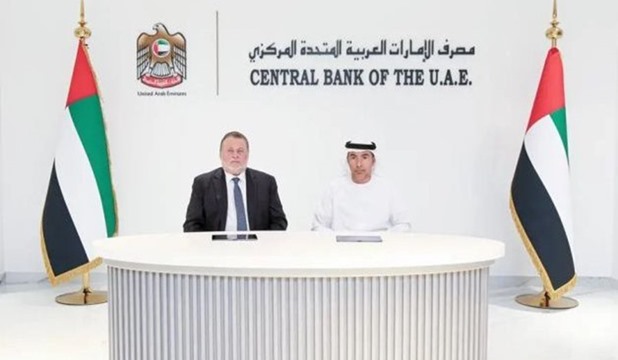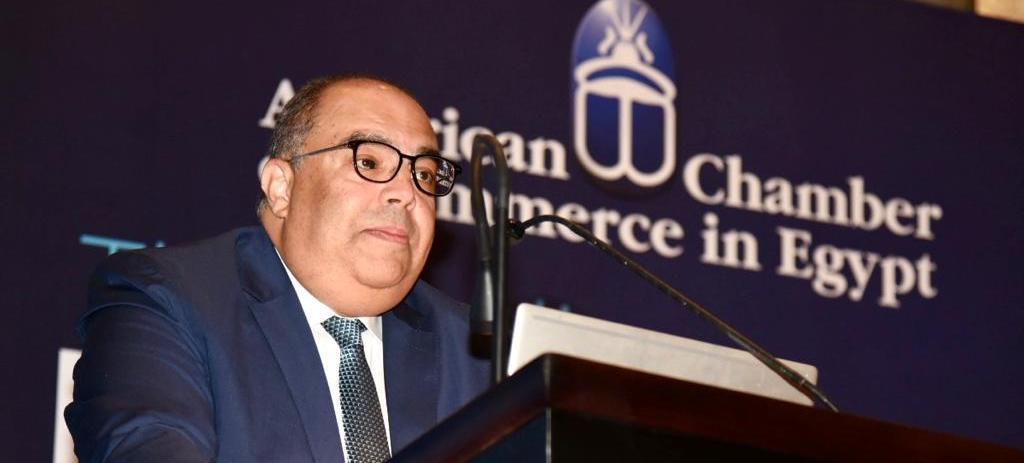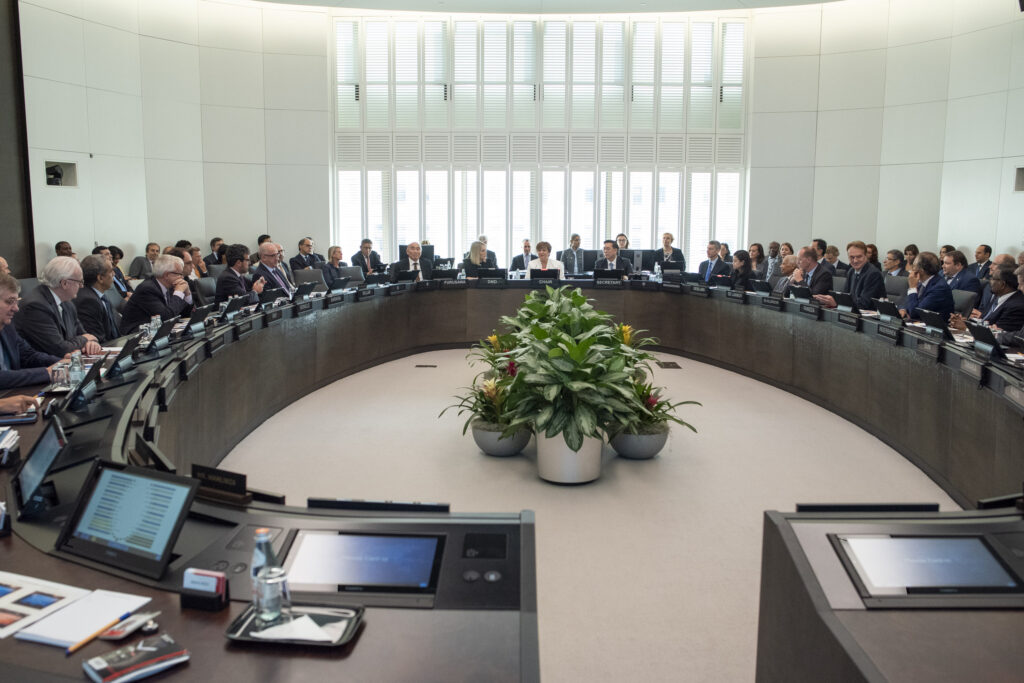As the government ramps up its efforts to tackle the US dollar crunch, the Central Bank of Egypt (CBE) and the Central Bank of the UAE (CBUAE) inked a currency swap agreement in September. The deal, which is worth $1.3 billion, allows the two countries to conduct bilateral trade exchanges in their local currencies.
A currency swap is an agreement in which two parties exchange the principal amount of a loan and the interest in one currency for the principal and interest in another currency. Currency swaps are used to obtain foreign currency loans at a better interest rate than a company could obtain by borrowing directly in a foreign market or as an approach to hedging transaction risk on foreign currency loans that it has already taken out.
Business Monthly discusses with a range of experts in the following lines what this agreement means for a country that is facing significant economic challenges. At a time when the government is working to fulfill its commitments to the International Monetary Fund (IMF) under its $3 billion loan deal, this agreement takes on added importance.
“A currency swap agreement between the CBE and the CBUAE would help in stabilizing the exchange rate between the Egyptian pound and the dirham. This stability can be highly beneficial for businesses engaged in cross-border trade between the two countries, as it reduces the uncertainty associated with currency fluctuations,” Alexander Hamilton Credit Rating Analyst at Credit Rating Analytics told Business Monthly.
The trade exchange between the two countries grew to $4.9 billion in 2022, up from $4.8 billion in 2021, up 2.5%, according to the latest data published by the Central Agency for Public Mobilisation and Statistics (CAPMAS).
Boosting ties
“Such an agreement might further enhance economic cooperation between Egypt and the UAE, fostering stronger trade ties and investment opportunities. It can also serve as a financial safety net for Egypt by providing access to foreign currency reserves during times of economic stress,” Hamilton explained.
Since the outbreak of the war in Ukraine, more than $20 billion in hot money has left the Egyptian market. Investors have been drawn to the more attractive interest rates in the US market, leading them to favor debt instruments
Furthermore, Egypt has devaluated its local currency three times over the past 18 months, through which the EGP has lost over 75% of its value against the US dollar, so far.
Yet, Hamilton warned that while currency swaps can provide temporary relief during balance-of-payment crises, they do not address the underlying economic issues that might have led to the need for such an arrangement in the first place.
“Overreliance on currency swaps as a tool for stability can sometimes mask structural economic problems and delay necessary reforms,” Hamilton elaborated. Additionally, managing the terms and conditions of the currency swap, including the exchange rate and duration, requires careful negotiation to ensure that both parties benefit fairly, he added.
Diversifying currency
Speaking with Business Monthly, risk banking expert Hany Hafez said this agreement would help diversify the currencies Egypt uses, reducing the demand for the US dollar in the local market. However, he emphasized that this action alone wouldn’t be sufficient to address the country’s economic challenges and should be integrated with other measures.
Egypt adopted a plan that targets securing $191 billion through 2026, mainly from the revenues of tourism, the Suez Canal, and exports, besides the outsourcing services in the IT sector, maritime services, and the Egyptian expats’ remittances.
Former Minister Plenipotentiary and economic expert Mongy Aly Badr explained that the currency swap agreement involves AED 5 billion being deposited from the Central Bank of the UAE (CBUAE) to the Central Bank of Egypt (CBE), giving Egypt the freedom to transfer this amount into foreign currencies. In return, CBE transfers EGP 42 billion to the CBUAE, which it can also use freely.
Badr noted that this agreement aims to secure foreign exchange liquidity for a temporary period at fixed prices, covering exchange rate fluctuations during the agreement’s duration.
He mentioned that the UAE can benefit from the transferred Egyptian funds by investing in Egyptian assets, starting new projects in Egypt, or investing in government debt instruments.
Badr also highlighted that this deal aligns with the BRICS agreement, opening the door for Egypt to conclude agreements using the currencies of the member countries. This would strengthen trade cooperation and foreign direct investments with BRICS nations, enhancing economic growth.
Egypt aims to achieve a 4.1% economic growth rate in FY2023/2024 by involving the private sector more in the economy, increasing public investments, and expanding its local and international partnerships.







